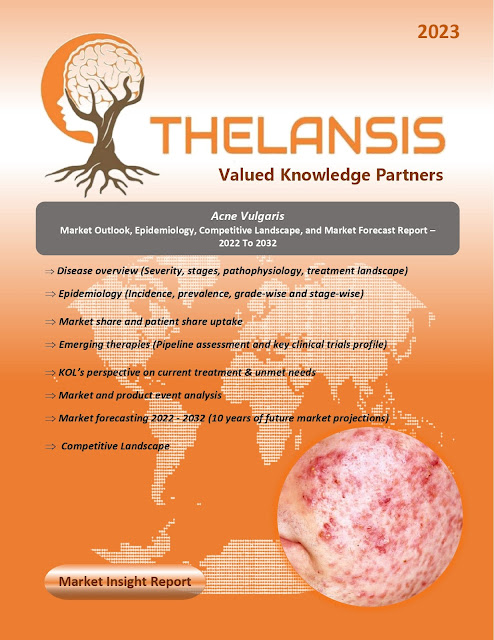FDA Grants Fast Track Designation to Lantern Pharma's AI-Enhanced Drug LP-184 for Glioblastoma
Lantern Pharma Inc., an AI company pioneering cancer therapies, announces that the FDA has granted Fast Track Designation for its investigational drug, LP-184, to treat Glioblastoma. Currently in a Phase 1A clinical trial, LP-184 is being evaluated for safety and tolerability in various solid tumors, including GBM. Optimized through Lantern’s AI platform, RADR®, the drug aims to target mechanisms to combat challenging cancers. RADR® integrates over 100 billion data points, fueling Lantern’s drug portfolio and collaborations.
Publish Date: 15-10-2024 Source: Lantern Pharma Inc.
Glioblastoma (GBM) is the most aggressive among the diffuse gliomas originating from the astrocytic lineage. It ranks as the most prevalent malignant primary brain tumor, comprising 54% of all gliomas and 16% of primary brain tumors. GBM is classified as a malignant astrocytic tumors, earning a Grade IV designation according to the WHO classification. The exact cause of this disease remains unknown, except in cases where it emerges following therapeutic brain irradiation for other conditions. The genetic anomalies identified, such as EGFR gene amplification (7p12), TP53 gene mutations (17p13.1), and chromosome 10 loss, vary depending on the tumor’s nature: primary glioblastoma (de novo) or secondary glioblastoma (arising from a benign astrocytic tumor). Glioblastomas can develop at any age. They are most commonly observed in patients between 45 and 70, making up 70% of cases in this age group. Typically, these tumors are situated in the brain hemispheres but can occur throughout the central nervous system. The disease often exhibits rapid progression, usually 2 to 3 months, except in cases where it evolves from a pre-existing low-grade astrocytoma (secondary glioblastoma). Primary treatment typically involves surgery to confirm the diagnosis via biopsy or maximize tumor removal. Complete resection is rarely achievable due to the tumor’s tendency to infiltrate the surrounding brain tissue. Following surgery, treatment continues with targeted radiotherapy focused on the tumor site, often supplemented with chemotherapy involving nitrosoureas and temozolomide. Adjuvant therapies post-surgery yield significant benefits in terms of survival, albeit with modest outcomes. In cases of relapse, second-line chemotherapy or repeat surgery may be considered. Given the tumor’s relative rarity, managing glioblastoma patients necessitates a multidisciplinary approach from neuro-oncology experts within prospective studies to enhance patient survival and quality of life. In the absence of gross total resection in elderly patients and cases of severe neurological deficits, the prognosis is poor.
However, the current Glioblastoma (GBM) treatment market share, market uptake, and attribute analysis concerning the most potential emerging therapies (Azeliragon, LAM561, Temozolomide, IGV-001, etc..) has been provided under the market outlook section of the study covering 8 MM countries; The United States, EU5 (Germany, Spain, France, Italy, UK) Japan and China.
In terms of pharmacologic therapies, several pharmaceutical products are being approved and under different phases of development for the Glioblastoma treatment. The key companies in the advanced development stage are Cantex Pharmaceuticals, Laminar Pharmaceuticals, TVAX Biomedical, Imvax, etc..
Based on solid domain and business knowledge, Thelansis Knowledge Partners has published the market outlook forecast report on Glioblastoma (GBM) to provide a clear understanding of disease area background, epidemiology, current and future competitions, the country-specific standard of care, and the complete market forecast for 2023 to 2033.
About Thelansis:
Thelansis specializes in pharmaceutical market outlook and market forecast reports. We published reports across the therapeutic area, including rare / ultra-rare and mainstream indications. Over the period, we have built a robust repository of 6,000+ Bio-pharma reports that cover Epidemiology studies and Market forecasting based on the KOL opinions.
Competitive intelligence and track of trial results throughout the phases of development executed by a team of a mix of Scientific and Business backgrounds. As an organization, the primary focus is to provide real-world data evidence and market insight to pharmaceutical companies for their decision-making.



%20Market%20Outlook%20and%20Forecast.webp)
Comments
Post a Comment